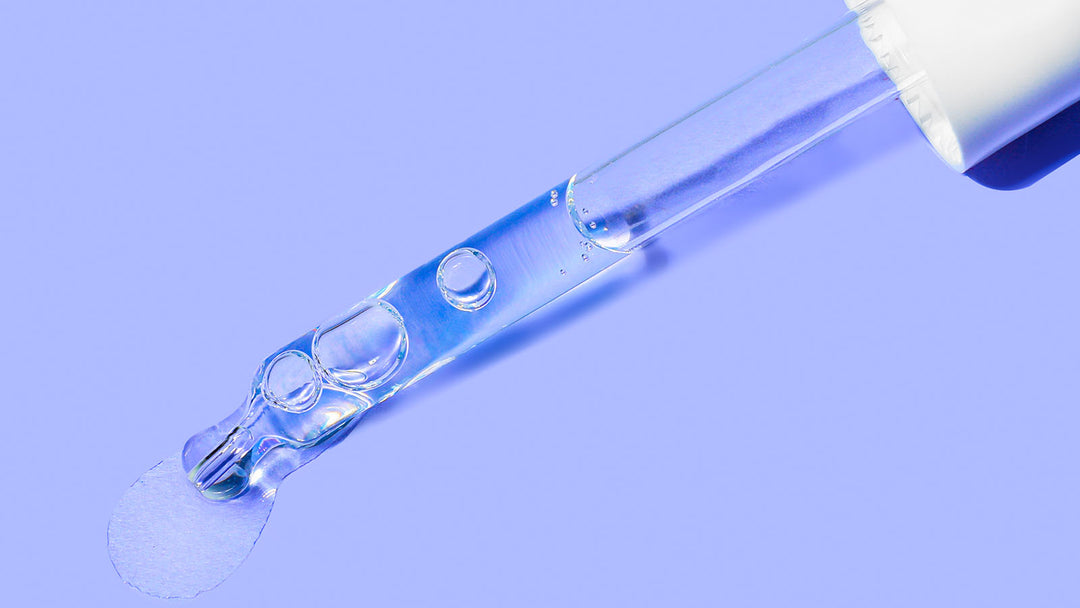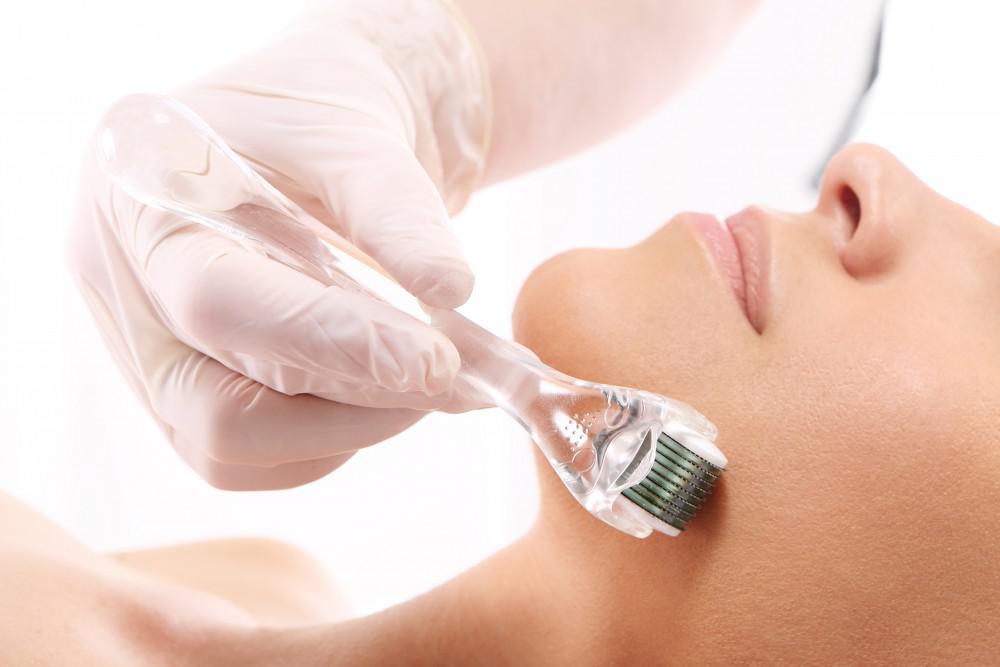What Is PDO Threading?
Let’s be honest, no one likes to look as old as they really are. Some people even look older than their actual age as a result of certain health conditions, genetics, smoking, leading an unhealthy lifestyle or constant unprotected sun damage.
Whatever your reason for wanting to look younger may be, today there are a plethora of treatments you can try to achieve the look you desire and help you look and feel better about yourself. One of the most effective and popular procedures for this is the PDO thread lift.

PDO threading is a procedure that involves the use of dissolvable sutures to tighten and lift your skin. It’s not as invasive a procedure as facelift surgery and usually, it can be performed in less than 45 minutes without using a scalpel.
Polydioxanone (PDO) thread lifts are performed with a biodegradable polyester suture. They’re ideal for rejuvenating your skin and there are some new kinds of thread lifts that are better for lifting sagging skin.
Let’s see what makes PDO threading different from other thread lifts, what you can expect during and after the procedure as well as the benefits it offers.
Why Is PDO Threading Different?
Thread lift procedures are usually done with three types of sutures, and PDO threads are one of them. The other two suture types are made from polylactic acid (PLA) and polycaprolactone (PCA).
PDO threads have been used for the longest time - they have been used in surgeries since the 1980s. They’re made from a colorless polyester that breaks down in your body harmlessly after around six months. The presence of these sutures in your skin triggers the cells in your body called fibroblasts to produce more collagen - the protein that gives your skin its structure and makes it healthier and more elastic. One of the main causes of aging and lifeless skin is loss of collagen.
PDO threads can be also divided into the following categories:
- PDO mono threads - These are smooth sutures that help rejuvenate your skin by stimulating the production of collagen.
- PDO cog threads - These have barbs that latch into your skin like small fish hooks and offer support and lift certain parts of your face.
- PDO screw threads - Consisting of one or two intertwined threads, PDO screw threads can help restore volume to the sunken parts of your skin.
Other Types of Threads
PLA and PCA threads last longer in your body than PDO and stimulate more collagen production. It takes around twelve months for PLA threads to be absorbed in the body and twelve to fifteen months for PCA threads.
Every thread type is suitable for a certain function. For example, PDO threads are best for repositing and revitalizing tissue, and PLA and PCA threads are best for lifting sagging parts of your skin.
Here are the best threads to use depending on the goal of the procedure:
- Rejuvenation or skin tightening - PDO mono
- Moderate facelift - PDO cog or screw
- Moderate facelift with texture and elasticity improvement - PLA or PCA
- Significant facelift - Facelift surgery
Parts of the Face a PDO Thread Lift Can Treat

A thread lift can be done on most parts of your face that you think show signs of aging. These typically include the areas around your cheeks, jaw, neck, and eyes. And since the results that thread lifts provide are not as drastic as the ones of facelift surgeries, PDO thread lifts are usually combined together with other anti-aging treatments such as dermal fillers.
How Long Does PDO Thread Lifting Last?
Practice shows that PDO thread lifts immediately improve skin sagging right after the procedure has been done. Nevertheless, in some patients, there is a noticeable decline in results after six months. In most patients, the result can no longer be seen after one year.
The PDO Threading Procedure
Before you undergo the PDO threading procedure, it’s recommended to avoid drinking alcohol and using tobacco for at least 5 days. Make sure to also avoid anything else that may increase your risk of bleeding or bruising, such as aspirin, Advil and ibuprofen, omega-3 fatty acids as well as green tea or green tea extracts. Before the procedure, your doctor should talk to you about the possible complications from the procedure and advise you about the recovery process.
The exact PDO threading procedure that your surgeon will follow can vary. Usually, it looks something like this:
- You sit in a reclined seat and your surgeon disinfects your face with alcohol. After that, he/she will apply a local anesthetic with the help of a needle under your skin.
- Using another needle, your doctor will make a small incision and will then insert a device called a cannula into the small hole.
- After that, they will anchor the thread into place and pull out the cannula.
- Finally, they will cut the thread and make sure it’s secure in place.
Shortly after the procedure, you will be free to go home.
PDO Threading Recovery and Aftercare
Most patients recover fast after a PDO thread lift. You might experience some swelling and bruising during the first day or two, however, you can resume most of your daily routines straight away.
During the week after your procedure, avoid rubbing your face as much as possible to avoid accidently dislodging the thread. You should also avoid pursing your lips, smoking, and drinking through a straw during the first few weeks. You should also avoid sleeping on your side, intense exercise, and visiting saunas 1-2 weeks after the procedure. When sleeping, prop your head on a pillow to avoid accidentally rolling on your face.
Frequently Asked Questions

What Is a PDO Thread Lift?
A PDO thread lift is a minimally invasive cosmetic procedure that uses threads made of polydioxanone (PDO) to lift and rejuvenate the skin. The threads are inserted into the skin in a series of small injections which contain a local anesthetic. It's been said that a PDO thread lift can provide results that are similar to a traditional facelift, but without the need for surgery.
When used for aesthetic purposes, PDO threads are performed as a minimally invasive procedure with three major benefits. First, it mechanically minimizes sagging skin tissues. Second, it contracts and thickens loose skin by stimulating collagen production. Third, the threads provide an immediate support structure for the skin, which can help to slow down or reverse the effects of gravity over time.
How Long Does the Procedure Take?
One thing that makes this procedure appealing is that the procedure is relatively quick. The average treatment time is about 15 to 30 minutes. There is no need for general anesthesia or sedation, and you can return to your normal activities immediately after the procedure.
What Can I Expect Before the PDO Tread Lift Treatment?
Before the PDO threads are inserted, we will use a local anesthetic to numb the injection sites. The needles used for the injections are very thin and have a blunt tip to minimize discomfort. You shouldn't feel any pain during the procedure.
What Can I Expect During the Treatment?
Once the area is numb, your doctor will insert the PDO threads into your skin using a needle at different depths and angles. The threads will be pulled back and tied in place to lift the skin.
Your doctor may also insert the threads in a criss-cross pattern to create additional support for the skin. You might feel a slight tugging sensation as the threads are being inserted, but that's completely normal.
What Types of PDO Threads Exist?
There are two major types of PDO threads - non-barbed threads and floating barbed threads. The former is typically used for skin tightening, while the latter is used for both skin tightening and lifting.
Other subclassifications of non-barbed threads include braided and mono-filament threads. Floating barbed threads, on the other hand, can be one of the following:
- Unilateral
- Bilateral
- Spiral
- Uni-directional
- Bi-directional
- Z-type
- Cutting barbs
- Molding barbs
You might hear the words "heart barbs", "tornado threads", or "screw threads" used to describe PDO threads as well. These are all just different names for the spiral-shaped, cutting barbed threads.
Is It Important What Kind of PDO Thread Is Used?
Yes, it absolutely does. Apart from the signature shape, PDO threads also differ in their lengths, diameters, and materials. These factors all affect the threads' ability to lift and tighten skin. The most common factors that influence thread selection include tensile strength, degree of lift, skin type, and area treated.
Is PDO Threading a Safe Procedure?

The procedure itself is quite safe. The FDA has even approved PDO threads for use due to their high efficacy and low risk of complications. There have been numerous treatments performed, with no indications of allergic reactions, increased sensitivity or severe side effects.
What Do I Need to Do Before Treatment?
Given the minimally invasive nature of the procedure, there's not much you need to do in preparation. But even so, there are several precautionary steps you can take to ensure you're getting the most out of your treatment. Some of the things you should avoid at least one or two days prior to the procedure include:
- Alcohol
- Ginko
- Omega fish oil supplements
- Chinese medicine
- Vitamin E
- High-intensity workouts
- Steam rooms and saunas
What Do I Need to Do After Treatment?
There's actually not much you can do in terms of aftercare. You won't need to take any days off work or alter your daily activities in any substantial way. But if you have an upcoming dentist appointment in the first two weeks after the procedure, you should reschedule your visit. Having your mouth open for longer periods of time can put too much strain on the threads and cause them to loosen more quickly.
Moreover, you should try to sleep on your back as much as possible for the first few weeks. In this way, you won't be putting too much pressure on either side of your face and risk pulling out the threads.
How Is the PDO Thread Lift Treatment Designed?
Each PDO thread lift is fully customized to the patient's individual needs. The number of threads used, as well as their depth, placement, and direction, will all be determined by your doctor based on your skin type, texture and desired results. Different threads can be used to achieve varying levels of lift, skin tightening and contouring.
How Long Do the Threads Last?
How long the threads last really depends on a number of factors. The thickness and quality of the threads used as well as the patient's skin type and lifestyle all play a role in how long the threads will stay in place.
On average, PDO threads can last anywhere from six to nine months. However, some patients report that their threads last even longer than that.
How Soon Will I See Results After PDO Threading?
Certain results, such as an improvement in skin texture and contour, can be seen almost immediately after the threads are inserted. This instant shift in appearance is mainly why PDO threads have become such a popular treatment.
When Will I See the Final Results?
The full effects of PDO threads will become apparent once the skin has had a chance to adjust and heal around the threads. This process generally takes approximately one to two months. The specific results will depend on the number of threads used as well as the individual's skin type and aging process.
How Many PDO Threading Treatments Will I Need?
Most of our clients achieve satisfactory results after just one treatment. You should return for a follow-up about six months after your first PDO thread lift so we can see how your skin is responding to the threads and determine if you need any touch-ups. After that, you should be all set for at least three years.
Am I a Good Candidate for a PDO Thread Lift?
If you want to correct uneven skin texture, fine lines and wrinkles or sagging skin without surgery, then you may be a good candidate for a PDO thread lift. The best way to find out is to schedule a consultation with one of our expert doctors. They will assess your individual needs and help you decide if PDO threads are right for you.
PDO Thread Lift vs. Silhouette Soft Thread Lift
Both PDO and Silhouette Soft threads are threaded into the skin in order to lift and tighten loose ends. However, there are some key areas in which the two procedures differ.
PDO threads are made of polydioxanone, a dissolvable material that is commonly used in surgical sutures. They provide an immediate lifting effect but eventually dissolve over time. This results in a more gentle, gradual and natural-looking skin tightening process.
Silhouette Soft threads, on the other hand, are made of polylactic acid (PLA), a non-dissolvable material. They produce a volumizing effect in addition to a lifting one. The threads are also barbed in order to anchor themselves more securely in the skin.
Which Treatments Go Best With a PDO Thread Lift?
In theory, the ideal complements to a PDO thread lift depend on the specific areas being treated and the patient's unique needs. If you have concerns about fine lines or wrinkles caused by facial expressions, for example, you may want to consider getting neuromodulators such as Botox or Dysport.
If you are more interested in volumizing and contouring specific static areas of the face, then you might want to consider dermal fillers that can add lift and volume where needed.




